Learn how to drain a radiator.
Whether you’re clearing your radiator out, removing it for a DIY job or replacing it with a brand new one, we have composed this blog to assist you in the process. There are multiple basic steps to follow and only a few simple tools are required.
You will need:
- An Adjustable Spanner
- Old Towers/Cloths
- Plumbers Grips
- 2 Containers/ Jugs (To catch the water)
- Radiator Bleed Key
How to:
- Completely turn off your heating system and allow it to cool for a minimum of 1 hour. This is to prevent any safety hazards E.g. burns from boiling water.
- Once you have allowed your heating system to cool, close the TRV (Thermostatic radiator valve). This can be done by turning the TRV to 0.
- You will now need to close the lockshield valve. The lock shield valve is on the opposite side of the radiator to the TRV. You can do this by removing the plastic cap and using your plumber’s grips to turn the valve clockwise. Whilst you do this, note down how many times you turn the valve clockwise. This information will be handy for when you reconnect it or add a new one.
- Both valves are now turned off. Therefore, you can begin disconnecting the radiator.Wrap your old towels/cloths around the valve and place the containers/jugs below to catch the water.
- Use your plumber’s grips to hold the body of the TRV valve. Now use the adjustable spanner to loosen the nut connecting the valve to the radiator. As the nut loosens, water will start to spill out. This is where the containers, jugs come in handy.
- Once the nut is loose, use the radiator bleed key to open up the bleed valve. Opening the bleed valve will let air into the radiator, aiding the water to flow out.
- Place another container under the lock shield valve. Hold the body of the valve with your grips and loosen the nut with your spanner.
- Now both of the valves are open, you can loosen both nuts completely and tilt your radiator to one side to drain any remaining water out.
- With all of these steps complete, you should have now fully drained the radiator.
Even if you’ve only replaced/ cleared one radiator, it’s a good idea to flush your entire heating system and add some central heating protector –also known as a corrosion inhibitor. I have attached a link to the 'Plumbco' Corrosion Inhibitor we recommend below:
Calmag Fortis Chemical 'Plumbco' Corrosion Inhibitor - 1 Ltr

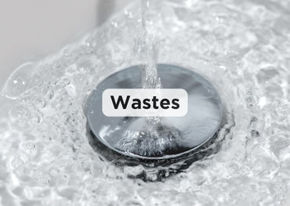

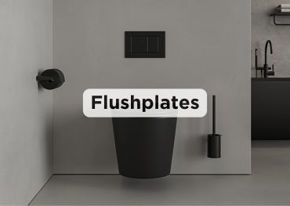
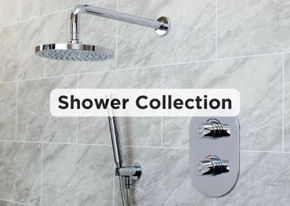
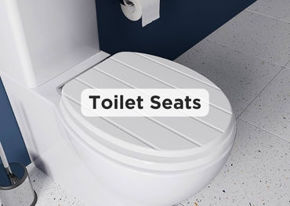
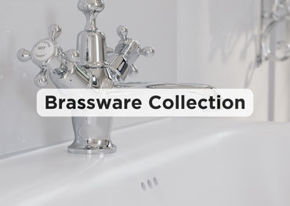
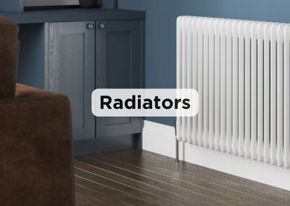
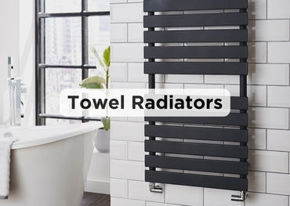
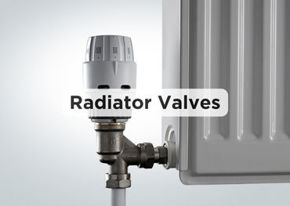

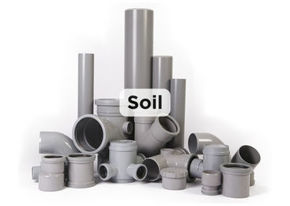
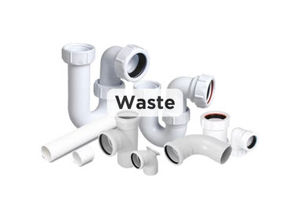
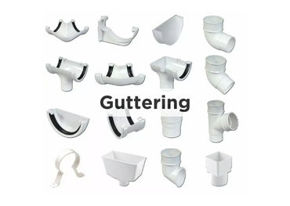

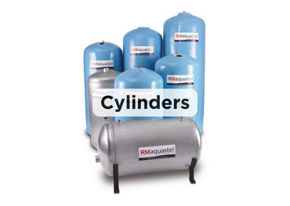
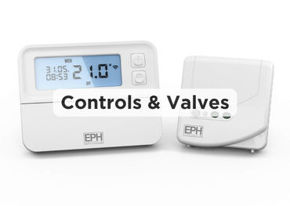
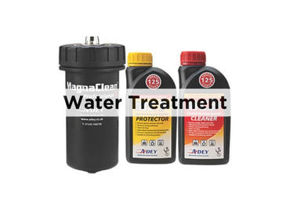
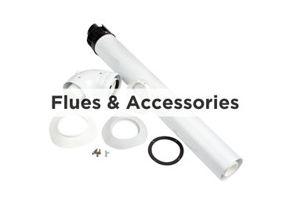
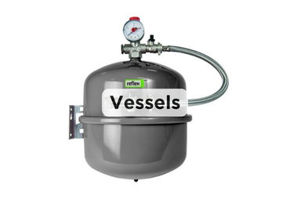
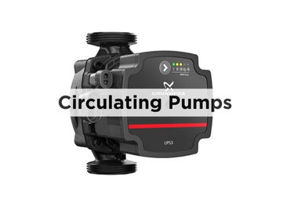
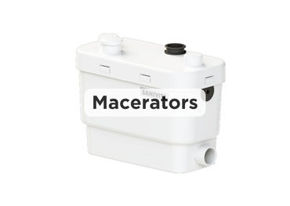
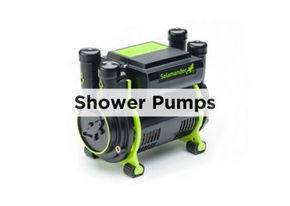
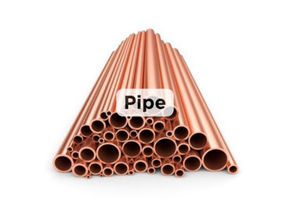

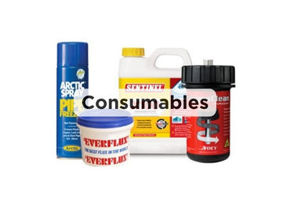
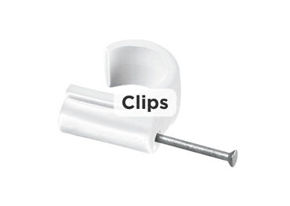

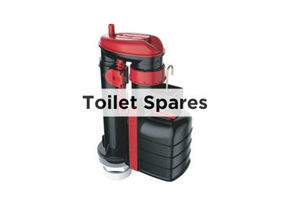
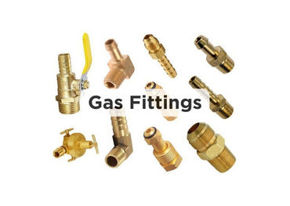
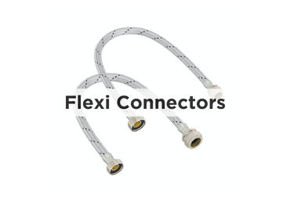
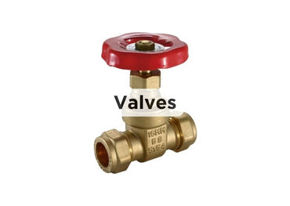
.jpeg)